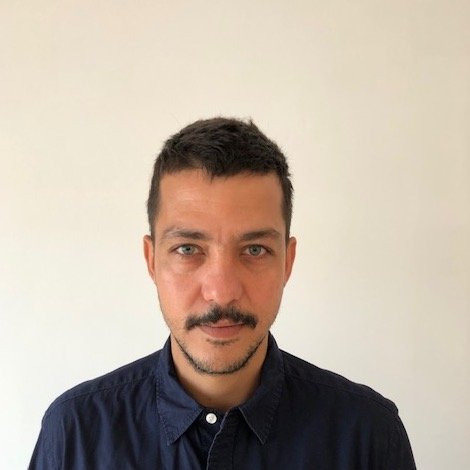Xavier Acarín

In 2021, 50 contemporary art curators, researchers, and museum professionals from 32 different countries were awarded support to attend the CIMAM 2021 Annual Conference, in-person and online.
For the first time, and thanks to the generous support of The Getty Foundation who sponsored the virtual platform, 27 grantees attended the conference online, while 23 attended onsite.
Launched in 2005, CIMAM’s Travel Grant Program is designed to foster cooperation and cultural exchange between contemporary art curators and museum directors in emerging and developing economies and their counterparts in other regions of the world.
Xavier Acarín's Conference Report
I would like to express my gratitude to the Board of CIMAM for having granted me the opportunity to assist the 2021 Annual Conference in Poland. The pressing issues treated at the Conference, confirm that Art Museums are facing a myriad of challenges when tackling the deep and much-needed transformations in our societies.
The current global alterations to climate and democracy, align both phenomena and their effects, placing the museum at the center of a collective task. While stimulating creativity and imagination, the museum is also a social agent, embedded in a locality, and thus capable of negotiating the complexities of conflictual realities. The authoritarian and illiberal tendencies that shape a cultural atmosphere of intolerance, are reinforcing narratives of essentialism, that need to be contested by a coalition between artistic practices, institutional labor, and social activism.
In this context, it is urgent to develop collaborations with different constituents, amplifying museums as sites of encounter, debate, and proposition. While this implies a revision of work processes and conditions, with important changes on internal issues, such as decision-making and funding; it also suggests an effort on public programming. Whereas the exhibition is seen as a problematic format, connected to a budgetary effort that does not always meet the expectations, we shouldn’t dismiss the transformative force of exhibitions. As discussed at the conference, when we merge natural and cultural processes, we are situating humans on an ecological continuum that happens while being exposed. This gives a new impulse to the exhibition as a performative device, one that affects the perceptual and the cognitive, that is conscious of the troubled legacies of our pasts while generating a collective frame for grounded political visions. Museums are resonance chambers of our times, and as such, they serve the public in tackling the current complex crises, yet this can not only be discursive, it also needs a material dimension of coming together, where things can tell other stories.
The visit to the reconstruction of the Abstract Cabinet at the Sztuki Museum in Lodz brought us back to Alexander Dorner’s vision of the museum as a “power plant”. Although today, in light of the energy crisis we could apply his idea quite literally, it is also an invitation to consider how the flows of thought and affection are serendipitous and unexpectedly created. Similarly, the exhibition as a mode of co-existence, makes visible the movement of being-with, it is immersive and tactile, aware of the underlying privileges and inequalities, and notably ongoing, unfinished, inconclusive, capable of provoking aftermaths outside the museums’ walls. These are some of the thoughts that accompanied my staying in Poland, and I’m grateful to the other participants who made the conference a special moment for reflection and togetherness.